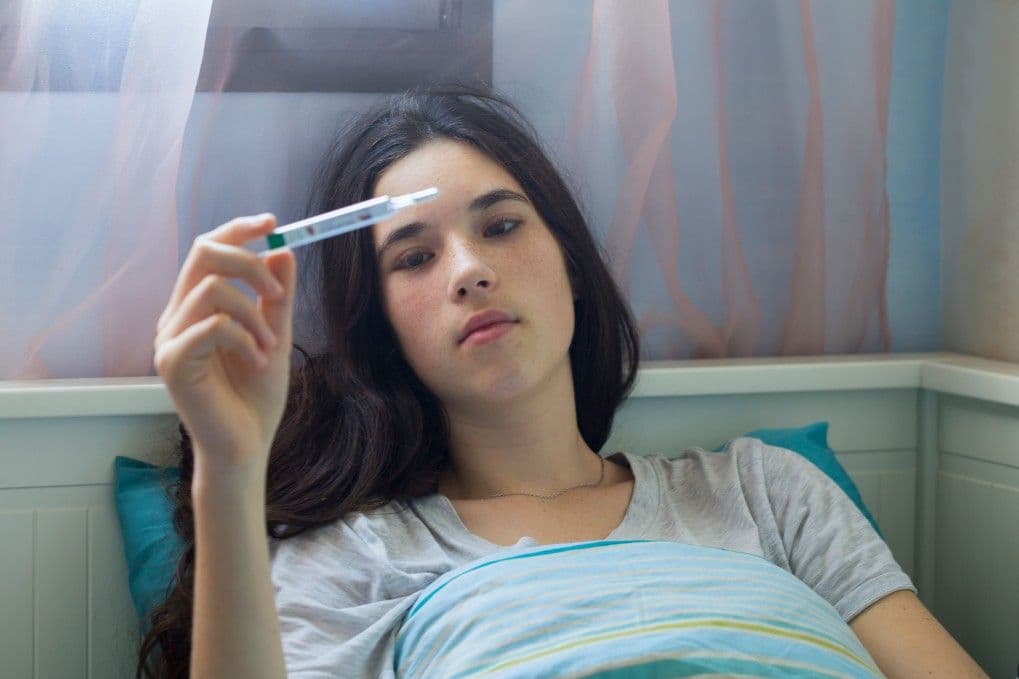Ovary Overstimulation and Its Impact on Fertility
Obie Editorial Team
You’d think many eggs would always increase a woman’s level of fertility, but I recently learned that’s not necessarily the case. There are many challenges for fertility treatments, in particular, the risk of ovary overstimulation. Apparently, the body making too many eggs is just as bad as the body not making enough, perhaps even worse. Ovary overstimulation is a serious problem, and it is one that not only causes greater risks for infertility, but one that can lead to major health problems as well. The question is, why?
Most infertility treatments involve several steps, one of which is the stimulation of the ovaries. This stimulation is meant to encourage the ovaries to produce a high number of eggs so they can be aspirated, or removed, and used for in vitro fertilization, or so that the body will produce and release more eggs than usual to increase the odds of fertilization through either artificial or natural means. While these procedures are generally done carefully and gradually, hyperstimulation can occur, resulting in the production of an extremely high number of eggs. Ovarian hyperstimulation syndrome occurs in a very mild form in approximately one quarter of women who undergo hormone injections to stimulate fertility. Symptoms, which tend to include swollen, painful ovaries, last about a week before dissipating. Should the woman get pregnant during this cycle though, the symptoms can last for several weeks.
A smaller number of women develop a severe form of the condition that results in serious abdominal pain, shortness of breath, dizziness, vomiting and rapid weight gain. In the most serious conditions, if the hyperstimulation goes untreated, the woman can experience thrombosis and even death. It is extremely important for any woman who develops overstimulation of the ovaries during infertility treatments, even if the symptoms are mild, gets medical treatment promptly. Early detection and treatment of the condition is essential for effectively protecting the woman from serious consequences and preserving her body’s ability to recover, thereby helping give her the chance to get pregnant. Treatment of serious cases requires hospitalization and administration of a variety of fluids to help ease the swelling, establish protein balance and correct the body’s fluid balance.
Source: Rizk B, Oxford Journal, Volume 7, Issue 3, pp 320-327.
Most infertility treatments involve several steps, one of which is the stimulation of the ovaries. This stimulation is meant to encourage the ovaries to produce a high number of eggs so they can be aspirated, or removed, and used for in vitro fertilization, or so that the body will produce and release more eggs than usual to increase the odds of fertilization through either artificial or natural means. While these procedures are generally done carefully and gradually, hyperstimulation can occur, resulting in the production of an extremely high number of eggs. Ovarian hyperstimulation syndrome occurs in a very mild form in approximately one quarter of women who undergo hormone injections to stimulate fertility. Symptoms, which tend to include swollen, painful ovaries, last about a week before dissipating. Should the woman get pregnant during this cycle though, the symptoms can last for several weeks.
A smaller number of women develop a severe form of the condition that results in serious abdominal pain, shortness of breath, dizziness, vomiting and rapid weight gain. In the most serious conditions, if the hyperstimulation goes untreated, the woman can experience thrombosis and even death. It is extremely important for any woman who develops overstimulation of the ovaries during infertility treatments, even if the symptoms are mild, gets medical treatment promptly. Early detection and treatment of the condition is essential for effectively protecting the woman from serious consequences and preserving her body’s ability to recover, thereby helping give her the chance to get pregnant. Treatment of serious cases requires hospitalization and administration of a variety of fluids to help ease the swelling, establish protein balance and correct the body’s fluid balance.
Source: Rizk B, Oxford Journal, Volume 7, Issue 3, pp 320-327.








